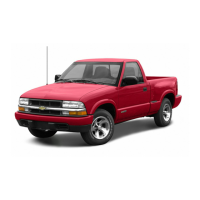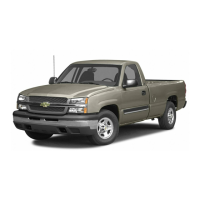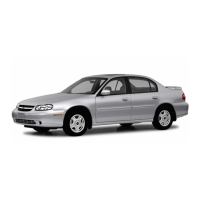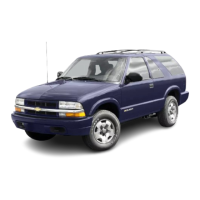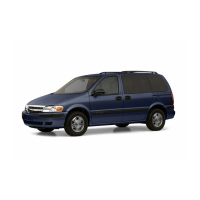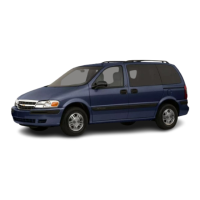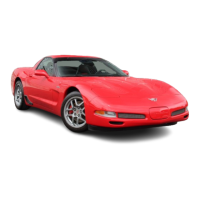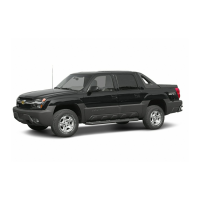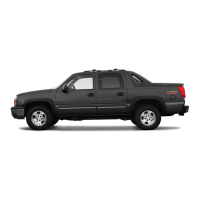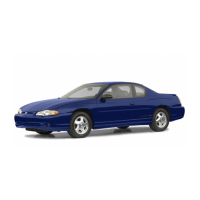Inflation
--
Tire Pressure
The Certificationrrire label, which is on the rear edge of
the driver’s door, shows the correct inflation pressures
for your tires when they’re cold. “Cold” means your
vehicle has been sitting for at least three hours or driven
no more than
1
mile
(1.6
km).
Notice:
Don’t let anyone tell you that underinflation
or overinflation is all right. It’s not.
If
your tires
don’t have enough air (underinflation), you can get
the following:
Too
much flexing
0
Too
much heat
Tire overloading
Bad wear
Bad handling
Bad fuel economy
If your tires have too much air (overinflation), you
can get the following:
Unusual wear
Bad handling
0
Rough ride
Needless damage from road hazards
When
to
Check
Check your tires once a month or more.
Also, check the tire pressure of the spare tire.
How
to
Check
Use a good quality pocket-type gage to check tire
pressure. You can’t tell
if
your tires are properly inflated
simply by looking at them. Radial tires may look
properly inflated even when they’re underinflated.
Be sure to put the valve caps back on the valve stems.
They help prevent leaks by keeping out dirt and
moisture.
Tire Inspection and Rotation
Tires should be rotated every
7,500
miles
(12
500
km).
Any time you notice unusual wear, rotate your tires
as soon as possible and check wheel alignment. Also
check for damaged tires or wheels. See When
It
Is
Time
for
New Tires on page 5-64 and Wheel Replacement
on page 5-67 for more information.
Make sure the spare tire is stored securely. Push, pull,
and then try to rotate or turn the tire. If it moves,
use the ratchevwheel wrench to tighten the cable. See
Changing a Flat Tire on page 5-70.
5-62

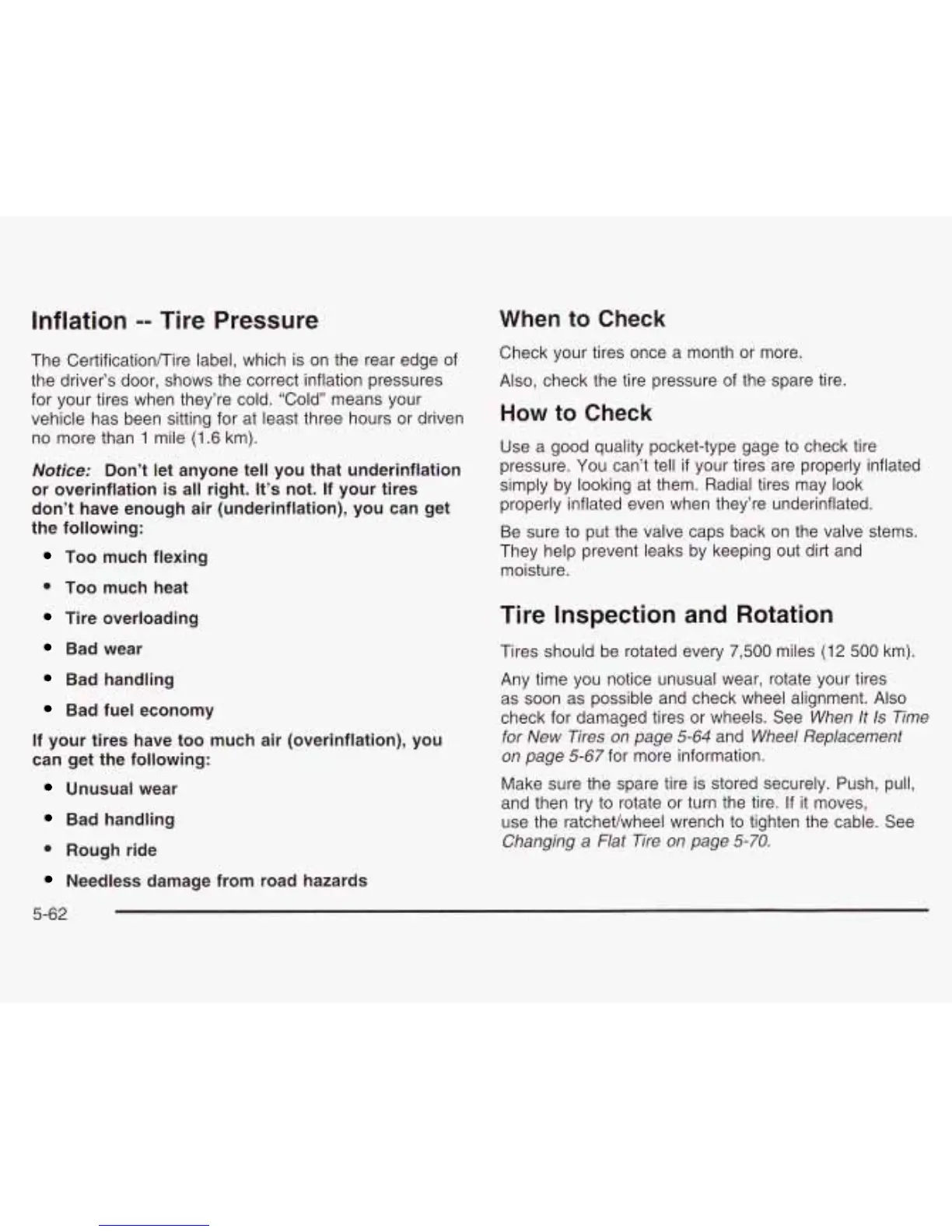